Give some background on your past professions, where you came from, and education.
Albert: My parents were shopkeepers and confectioners, and my father was a well-known and respected Justice of the Peace in Kingston, Jamaica. As a child my playground was downtown Kingston, a densely populated place of vendors and shopkeepers, full of unique sights and sounds. I worked in the shop with my eight siblings; we all worked for the family business. Later, the ethic of hard work and working for oneself was ingrained in me by my parents. I learned to be my own boss. One of my chores as a child was selling produce in the local neighborhood. I sold bananas, coconut, pork, etc. that came from the family farm. Other chores were wrapping caramelized popcorn, Guava paste, tamarind balls and numerous other confections for sale.
I discovered photography in my high school camera club. As I learned, I became a student-teacher and started teaching incoming camera club members. I had a darkroom in my backyard in Kingston and taught my friends the basics of photography. I had an early start teaching photography in this way, and I presently teach photography in the Department of Art and Art History at the University of Colorado, Boulder.
Since 2013, I have been renovating my family farm in Jamaica. I think of myself as a kind of farmer and custodian to the land. I oversee the planting of trees and the reconstruction of the farm. Each year, I spend two months in Jamaica working on the farm. Even though I have spent most of my life in Colorado, I consider Jamaica my home.
When did you know you were an artist? Have you always known art was your path?
Albert: As a young boy, I thought of myself as an introvert. I found myself lost in popular music, rhythm and blues, transcribing lyrics into a notebook, and writing poetry. That was my form of expression. Once I discovered photography in high school, it gave me a means of expression that was a more direct vehicle. Still, I didn’t think of myself as an artist. At first, I didn’t think of photography as an art either, but once I attended the School of Visual Arts in NYC, I began to come to terms with the fact that I was worthy enough to call myself an artist. It was a lofty title that I didn’t always feel confident to own, but I started to come into my own and be acknowledged for my work. In graduate school at UC San Diego, I branched out into installation art and sculptural forms.
How would you describe your art?
Albert: It is about self-exploration and discovering and probing the unconscious and intuition. I look at the broken connections, and the erased and forgotten past as the direct result of slavery, indentured servitude, and colonialism. Coming from a diasporic culture, I understand greed and capitalism as tools of oppression; I hope that my art becomes a medium for sharing the visual narratives of that painfully erased and forgotten past. There are compositional pieces of music that are just beautiful, unapologetically.
I make art also for the sheer sake of making something beautiful. I also create to share about my identity as a shield and badge of honor in terms of belonging and adding my story to the larger story of diasporic displacement. Being both Asian and Afro-Jamaican, I have been pulled in both directions. Both my grandfathers were Chinese, and both my grandmothers were Afro-Jamaican. I felt loyal to both sides. [In Jamaica], we have issues, but its less about race and more about class.
Geminating Avocado Seed, 2020
I am trained in photography and that’s probably what I do best, but I have always been interested in the 3rd dimension. If I am dissatisfied with photography, it’s because it is 2 dimensional and so, consequently, I am drawn to sculpture and installations.
Describe your Photomosaics Collection.
Albert: The Photomosaics are a multitude of photos immersed into a mosaic that are transferred onto stone, acrylic, or wood tiles. So much is happening in the world, so much injustice and blatant racism and oppression. The Photomosaics are a way to address some of these issues. One [mosaic] used a quote from Langston Hughes’ poem, “a dream deferred,” and creates an image of Barack Obama. I am taking a jab at the business of hope, unapologetically. Another piece features Angela Davis. She has been a powerful figure in black American struggle for civil rights. Individual images of primarily black women with processed hair make up the Angela Davis mosaic- a reference to black self-hate.
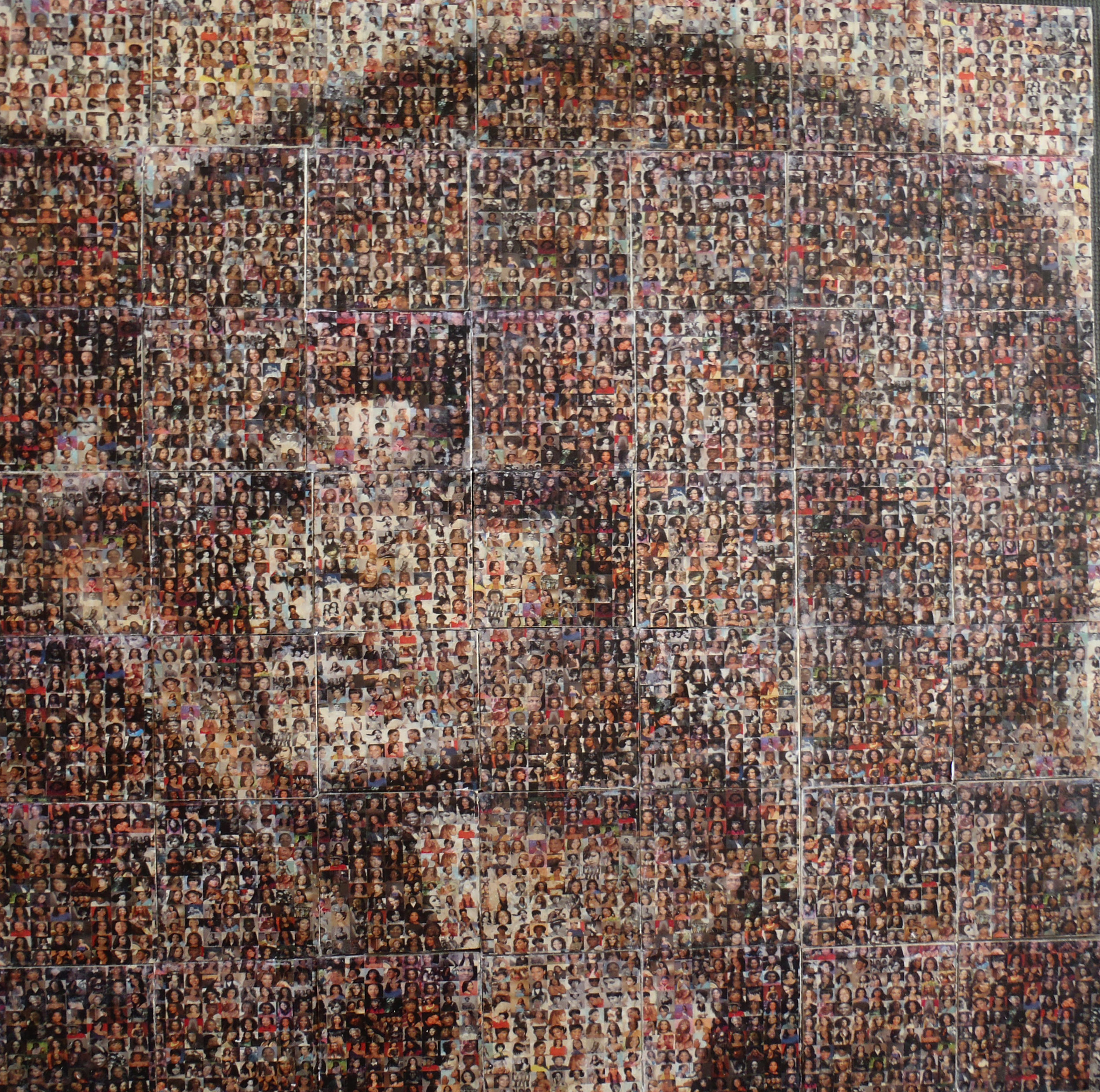
Angela, Photomosaic by Albert Chong
The younger generation of black Americans might now take appreciation of their black hair and identity. A love of oneself must be reflected in all aspects of our appearance. We shouldn’t need to imitate white norms of beauty. Growing up, I remember the smell of burnt hair and chemicals. Women in my yard were using hot combs heated in fire to straighten their hair. It was horrific. Why are we doing this? Black Jamaicans had a tendency for color prejudice and aspired to be Chinese and white Jamaicans. This is presently manifested in many black Jamaicans using bleaching creams to lighten their skin.
What is your reason for creating? What is the power of artistic expression?
Albert: Artmaking, even on the professional level, gives me a great deal of satisfaction and sometimes pure enjoyment. We can lose ourselves completely in the activity and the process and forget the hardships, struggles and challenges of daily life. It is about sharing what we create. Why create if not to share? Without the act of sharing, we are merely involved in therapy. Like anyone keeping a journal and writing, it is about connecting with yourself and by extension humanity. We are not alone; we can connect with all other life. Art is the common language of humanity. It transcends barriers of language, race, ethnicity, and geography.
We are not unique in the animal world as far as making art. I recall a fish that makes amazing mandalas out of sand and the Bower bird in New Guinea who collects items and creates a runway for attracting a mate. Maybe the only thing we [humans] are unique at is our articulation of language that allows us to communicate in such a detailed level and to store it and pass it along for future generations to build upon. It’s a powerful ability but it comes with a downside which we know today as the destruction of the Holocene, the 11,700 years of mild climate that has enabled humanity to flourish, and we have also destroyed global ecosystems, and are causing the sixth mass extinction. So, we deal with good and bad. Intelligence is stupidity if not guided by wisdom.
Who do you create for and who is your target audience?
Albert: Like most artists, we start by creating for ourselves. We have got to like it first and as our work evolves to like it with a critical perspective. Some of us get influenced by a marketplace or audience. Ideally, what I create others will relate to and gain from. If my ego and humility are clear, I feel that my work will have a universal appeal. Art is the common language of humanity, and my whole business is to speak as elegantly as I can to my fellow human animals.
How has your work or artistic style changed over the years?
Albert: When I first started out, the idea was to create beautiful pictures. This is the same for my students. They want to take a pretty picture of a sunset, landscapes, etc. At some point, I have to challenge them. What they are doing is cliché, or what I call “trophy hunting.” All these photographers are taking the same pictures of a beautiful place. They are collecting trophies in order to term themselves a photographer. At first this was me. I now know it’s more about what you have to contribute, and how unique your contribution to humanity is. Pictures are a part of your humanity. If your photos are unique, you will add something unique to the conversation, not just something that is redundant.
Today, I’m not as prolific as I once was. I have created what I needed to. I don’t want to rehash or repeat now. These are crucial times for the planet’s ecosystems. As I am growing older I must ask myself each day, each hour, how can I use my talent, my skills my knowledge for the wellbeing of our world. How do I make these years count? What can I leave that is memorable? What can I add that gives a significant contribution to humanity? Now, I am only focusing on what is essential, the essential messages, how to reconnect with the earth. Now, it should be a goal for the older generation of artists to start thinking about how to communicate the message about the challenges of today and of our future. I give assignments to students to make a work about the plight of the planet, global warming, loss of biodiversity. It is a tough subject for them. Those of us who are able will rise to the occasion, and those who are not should at least start thinking.
I am trying to resurrect a project that I started a long time ago that failed. I haven’t been able to stop thinking about it. The project is about the transition from this earthly manifestation of an older generation of Jamaican musicians. The golden age of Jamaican music is no longer appreciated or even known by the younger generations, and the musicians that created it have become obscure or unknown and many are living in poverty. So, I want to create an archive for these musicians. Lopez Walker was an inspiration for this. I met him on the road; he was selling fruit. When I realized who he was, I was so upset that the was reduced to selling fruit and not playing music for the public. I bought all of his fruit and invited him to my farm to play and post [the recording] on YouTube. The minute he started singing, I got so inspired. Initially, I was just going to do interviews or photographs, but the performance part is so important, especially with the backdrop of the natural environment. “Acoustic Yard,” is the name of the project. Yard is a common term in Jamaica and is a reference to the places called slave yards used to house enslaved people during the time of slavery. I have been collaborating with some friends on this project. We have plans to start this project this summer.
What has been your greatest challenge and reward as an artist?
Albert: My greatest challenge as an artist has been overcoming racism and exclusion in the visual arts. This was a very real obstacle to artists of color in the 1970’s and 80’s and one I experienced firsthand on occasions too numerous to mention. There was one occasion in particular when the prominent New York gallery I was inquiring at to show my work, and possibly be represented by, was visibly crestfallen and beside themselves with their rejection after learning that I was the artist picking up the work, and not the messenger, after having initially gushed with enthusiasm and offering to exhibit my work.
I later became part of the multiculturalism movement in New York City that fought to democratize the visual arts and to provide even a fraction of the opportunities enjoyed by white artists to artists of color. This challenge was not mine alone but one all nonwhite artists faced in trying to create, exhibit, and disseminate their work. Artists of color even confronted this discrimination in the same art schools they attended with their white peers and like me had to contend with racist art instructors.
My greatest reward has been gaining national and international recognition for my work, in being asked to represent my country of Jamaica in international Biennials and in my work being awarded prestigious awards and fellowships such as the Guggenheim. In being told in no uncertain terms by some of the greatest artists of this younger generation how important, influential and inspirational my work was to them and similarly being told by my artist peers and contemporaries that they regard me as a great artist.
What advice do you have for the rising, young artists of this generation?
Albert: Have humility about what you create. Have a critical eye for what you make. Keep your ego in check regardless of how many people are singing your praises. You must have a strong sense of conviction as to what is good art. Without this, you do not have a direction. Not everything you make will be great, and sometimes not even good, but look at it as a part of your process towards the possibility of greatness.
Second, take a stand against the system. Don’t let the art world corrupt you and be turned in to money making machines. Don’t be hyped, promoted, and merchandized for a short period of time. Don’t be used and discarded. Believe in art that is substantial meaningful, memorable and possibly timeless.

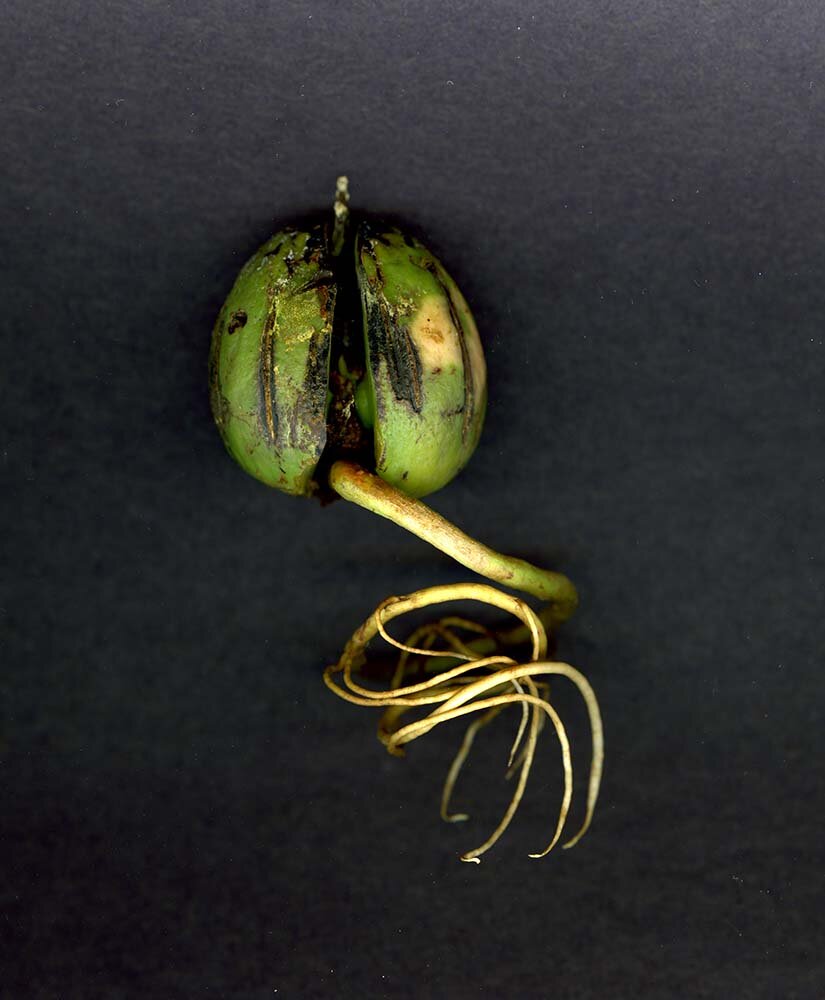

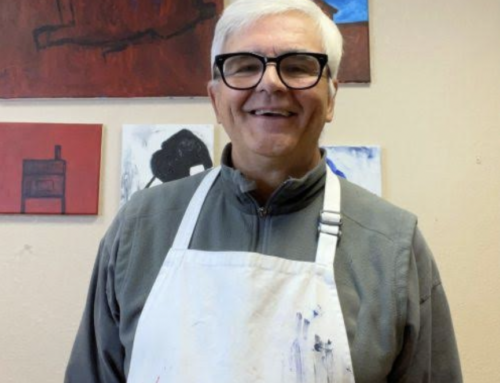
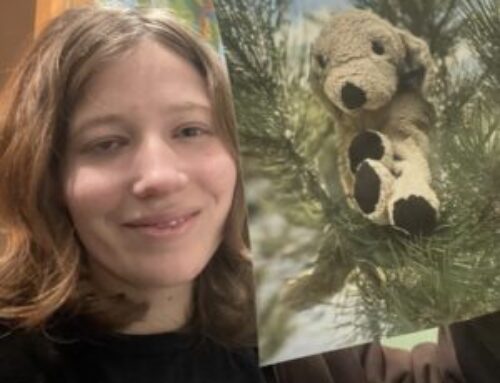

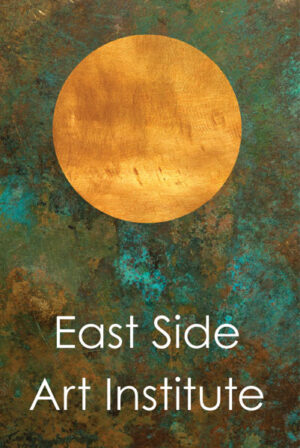
Leave A Comment